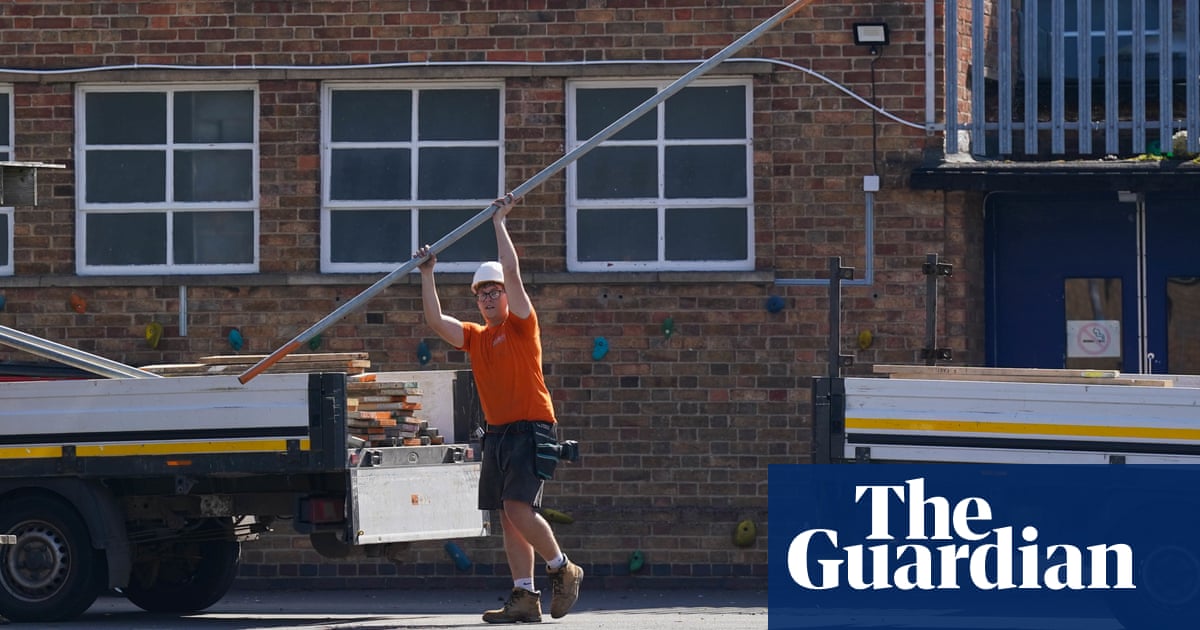Ministers still do not know how much the concrete crisis will cost to repair, the schools minister has admitted, as he rejected accusations by the head of the UK spending watchdog that the government had adopted a “sticking plaster approach” to essential maintenance.
Nick Gibb said he and ministers were unable to come up with a figure because every school affected by the problem of crumbling reinforced autoclaved aerated concrete (Raac) experienced it in different ways.
“In some schools it will just be a room or a cupboard … in others it will be pervasive throughout a school,” he added.
Gibb said he “didn’t recognise” claims this week by the Department for Education’s (DfE) former head civil servant that Rishi Sunak had refused to properly fund a school rebuilding programme when he was chancellor, despite officials presenting evidence that there was “a critical risk to life” from crumbling concrete panels.
After the department told Sunak’s Treasury that there was a need to rebuild 300 to 400 schools a year in England, he gave funding for only 100, which was then halved to 50, said Jonathan Slater, who was the permanent secretary of the department from 2016 to 2020.
Gibb told broadcasters this morning that he had checked with officials on Monday and insisted the claim was wrong, but that he and others involved had asked for 200.
“Fifty school buildings a year is what the system can cope with and of course we put in a bid for 200. Of course, the Treasury has bids from all those other priorities across Whitehall,” he added.
One other former senior DfE official told the Guardian this week there had always been an expectation of a cut to the original bid for 300 to 400 schools. “But the eventual decision to go for 100, and then cut this to 50, was a real surprise,” they said.


